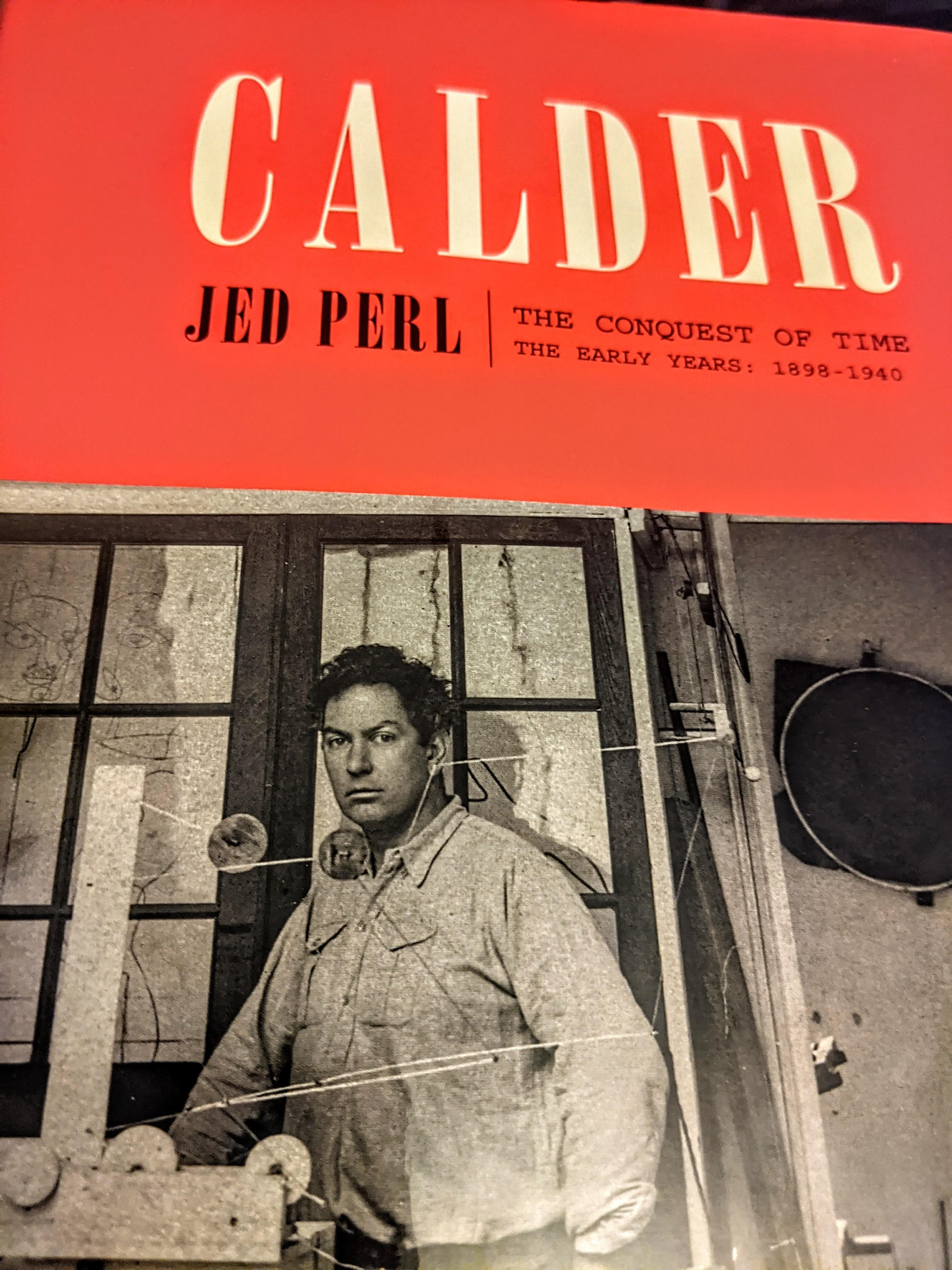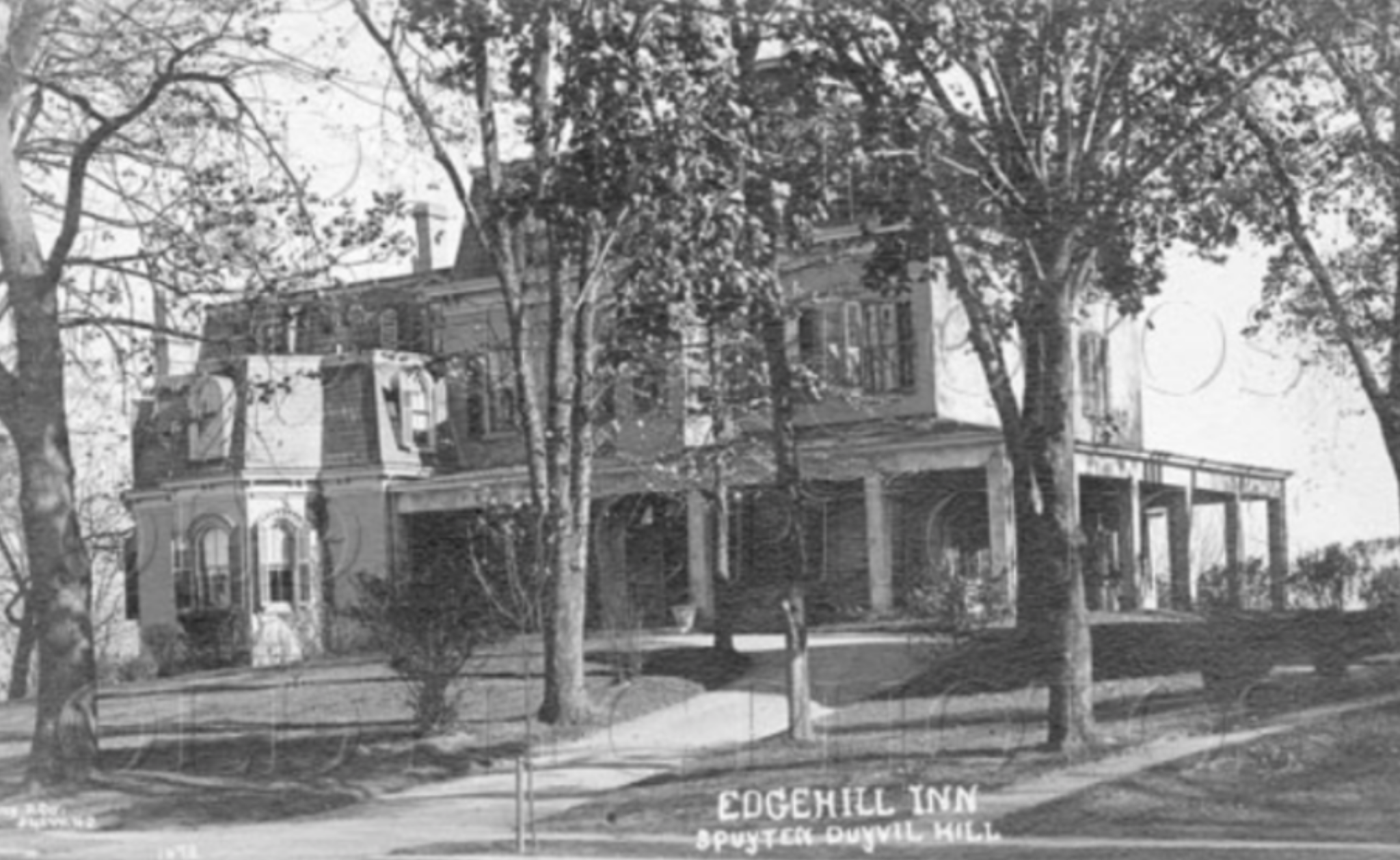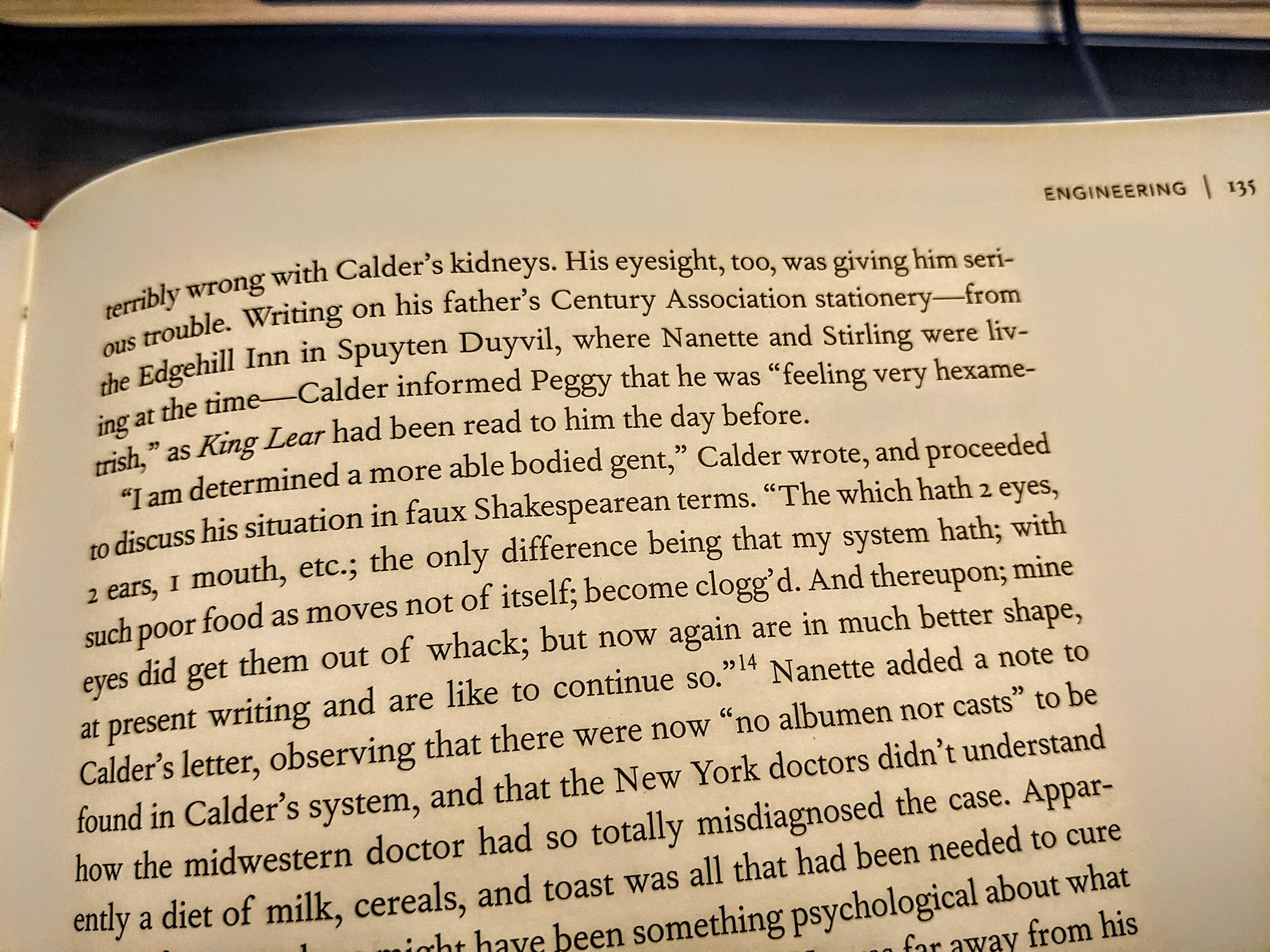Home › Forums › Everything Else related to Kingsbridge, Riverdale, and Spuyten Duyvil › Alexander Calder
- This topic has 8 replies, 4 voices, and was last updated 2 years, 9 months ago by
Nancy Campion.
-
AuthorPosts
-
-
July 8, 2021 at 12:52 am #2044
For anyone who has ever wondered where Alexander Calder and his family lived in Spuyten Duyvil, apparently they lived at the Edge-Hill Inn.
-
July 8, 2021 at 12:54 am #2045

-
July 8, 2021 at 12:55 am #2046

-
July 8, 2021 at 12:56 am #2047

-
July 8, 2021 at 4:27 am #2048
I looked into this at one point but could not turn up much information on Calder in Spuyten Duyvil. I remember reading that he attended school in our area but I could not figure out which one. Calder’s circus at the Whitney Museum was one of my favorite exhibits as a kid so I was eager to find out more but to little avail.
-
July 8, 2021 at 2:44 pm #2049
He and his sister Peggy went to school in Yonkers.
-
July 8, 2021 at 2:45 pm #2050
One interesting thing I learned is that Calder was a Spuyten Duyvil Boy Scout.
-
July 9, 2021 at 12:51 am #2051
Interesting connection and find regarding Calder here in Spuyten Duyvil. Anyone who took the Revolutionary tour last month saw the site of the Edgehill Inn. The house was built on the location of Fort No. 1 . Initially it was the Sage Mansion which later became the Edgehill Inn. The location was on the east side of Arlington Ave midway between 230th St and 225th St where the 4-5 private house today are set back on their lots.
Attached is a small piece on Calder from Wikipedia. Looks like he was here from 1912 to 1915. So looks like his family was pretty ‘mobile’ and he ‘hung’ around here for only 4 years ( yes puns intended).
from Wikipedia :
In late 1909 the family returned to Philadelphia, where Calder briefly attended Germantown Academy, then they moved to Croton-on-Hudson, New York.[11] That Christmas, he sculpted a dog and a duck out of sheet brass as gifts for his parents. The sculptures are three-dimensional and the duck is kinetic because it rocks when gently tapped. In Croton, during his high school years, Calder was befriended by his father’s painter friend Everett Shinn with whom he built a gravity-powered system of mechanical trains. Calder described it, “We ran the train on wooden rails held by spikes; a chunk of iron racing down the incline speeded the cars. We even lit up some cars with candle lights”. After Croton, the Calders moved to Spuyten Duyvil to be closer to New York City, where Stirling Calder rented a studio. While living in Spuyten Duyvil, Calder attended high school in nearby Yonkers. In 1912, Calder’s father was appointed acting chief of the Department of Sculpture of the Panama–Pacific International Exposition in San Francisco, California, and began work on sculptures for the exposition that was held in 1915.
During Calder’s high school years (1912–1915), the family moved back and forth between New York and California. In each new location, Calder’s parents reserved cellar space as a studio for their son. Near the end of this period, Calder stayed with friends in California while his parents moved back to New York, so that he could graduate from Lowell High School in San Francisco.[15] Calder graduated with the class of 1915
-
July 26, 2021 at 9:58 am #2068
Hi This is a very interesting article about Calder I have seen his work at the Met and Whitney…….Hi Peter how are you.
-
-
AuthorPosts
- You must be logged in to reply to this topic.